Description
3m thermally conductive acrylic interface pad 5590h
3M thermally conductive acrylic interface pad 5590H has several uses, it is conductive meaning it can easily work in high-temperature conditions, it has dielectric properties and the acrylic material is also the better option for bendy and curved surfaces. Next to being a pad, is also used to fill smaller gaps which is a good shock absorber and vibration resistant.
Features:
- Easy handling and soft pad
- High conformability even for non-flat IC surfaces and automotive EV batteries
- Incorporates a thin, firm acrylic layer for good handling
- Highly thermally conductive while electrically insulating
- Slight tack allows pre-assembly
- Good wettability for better thermal conductivity
- Non-silicone acrylic elastomer
- Excellent durability
- UL94 V-0 listed (File No. E176845)
Benefits
- 3M thermally conductive acrylic interface pad 5590H provides better Flexibility than other acrylic interface pads.
- The acrylic pads are more cost-effective than silicone-based pads but it provides double conduction.
- It enhances the design and assembling giving flexibility on different surfaces.
- It also has excellent dielectric properties and vibration damping.
- The thermal impedance is also low.
Due to the size reduction and increase in the working and processing capacity, the electrical and electronic devices actively need an additional thermal solution from whatever source they can get it.
Let’s take the example of television, in earlier days TV sets used to be big and bulky taking up lots of space. Compare this type of TV set with modern and more contemporary smart TV sets.
The modern TVs have become smarter, and slimmer; with insanely huge screens but takes a lot less space as these are slim and compact and can be hung up on the wall as well while doing complex processing with thousands of channels.
Now let’s come to the point of having the right and enough thermal management in such devices. If the thermal solution is not ample for that device. It will get overheated due to continuous working and processing on the loop.
Now the 3M thermally conductive acrylic interface pad 5590H is one such product that is just perfect for such applications. Why are we saying this or do we even have backup data to prove this?
Yes, we do have credible case studies to prove this and we are saying so because it helps create a safe and perfect device with a thermally conductive acrylic interface pad 5590H.
The E Control Devices are promptly available to fulfill such demands of the OEMs and EMSs by fulfilling the bulk requirement.

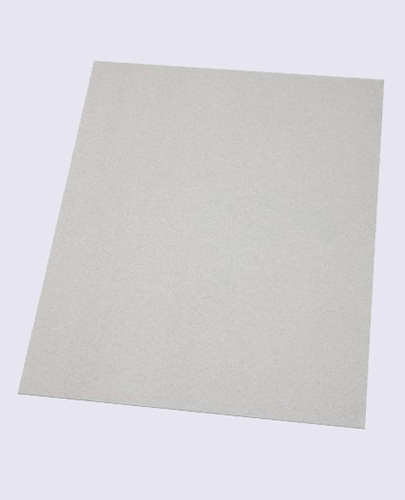
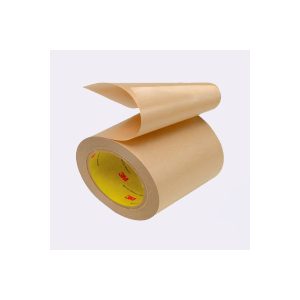
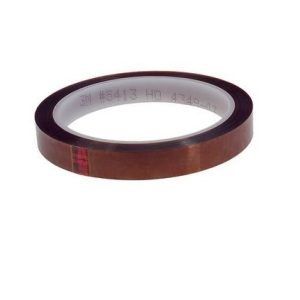
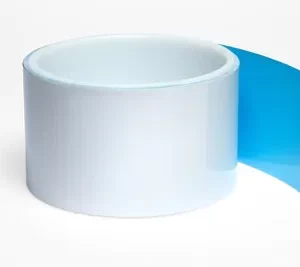
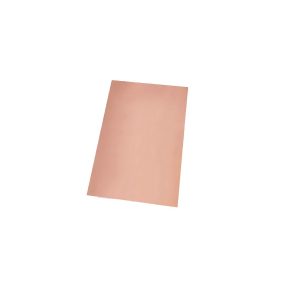
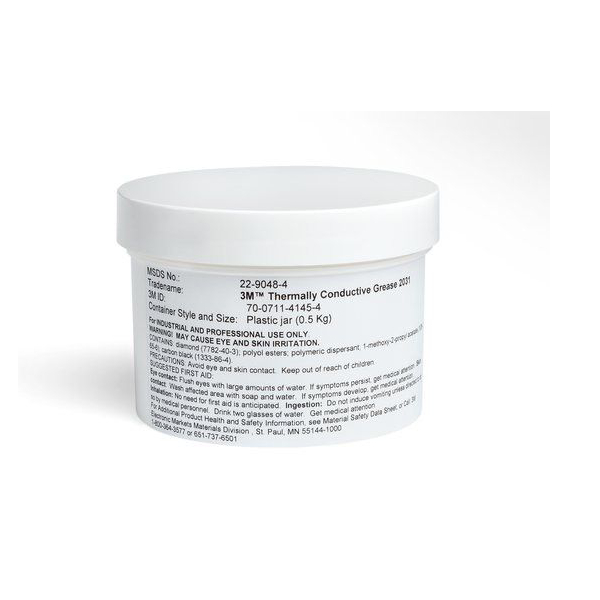
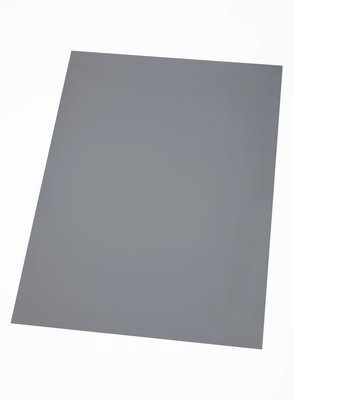

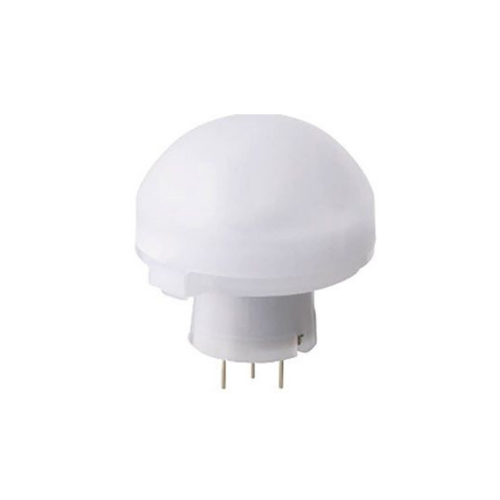
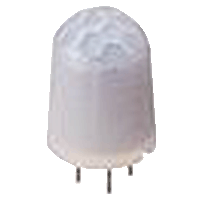
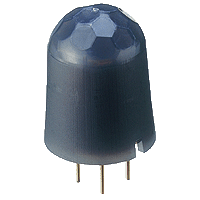
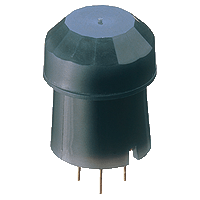
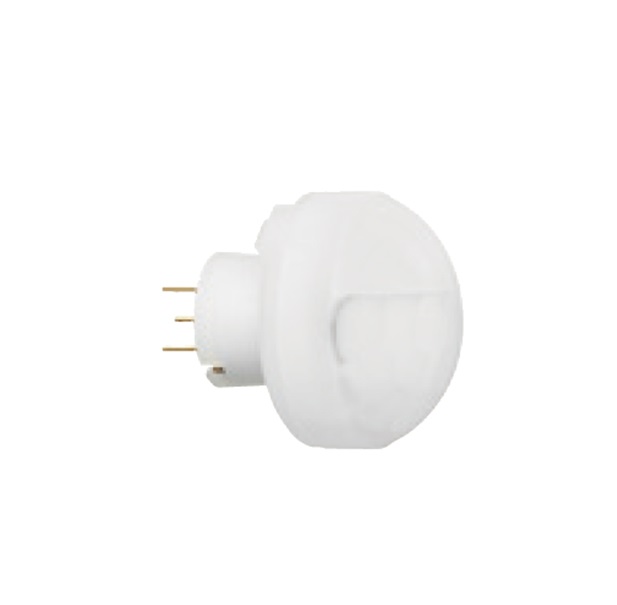
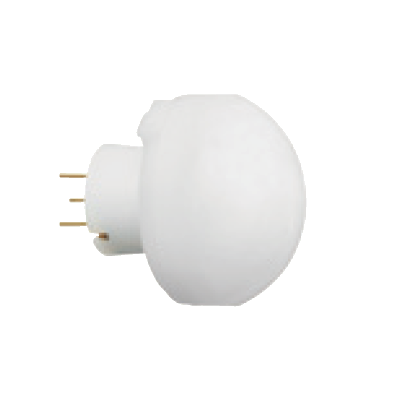
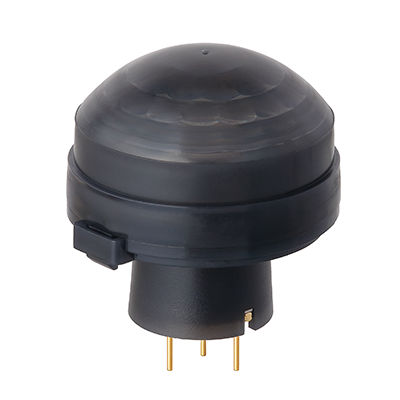
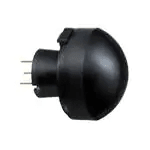


Reviews
There are no reviews yet.